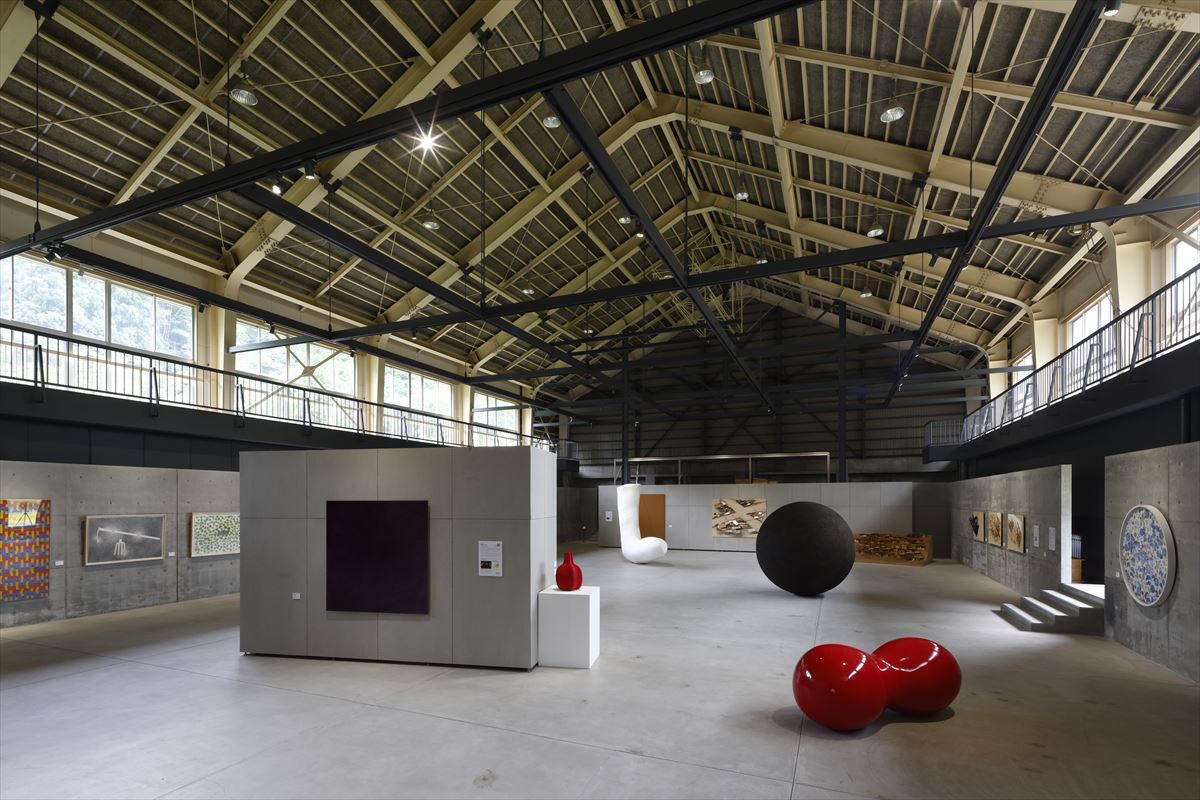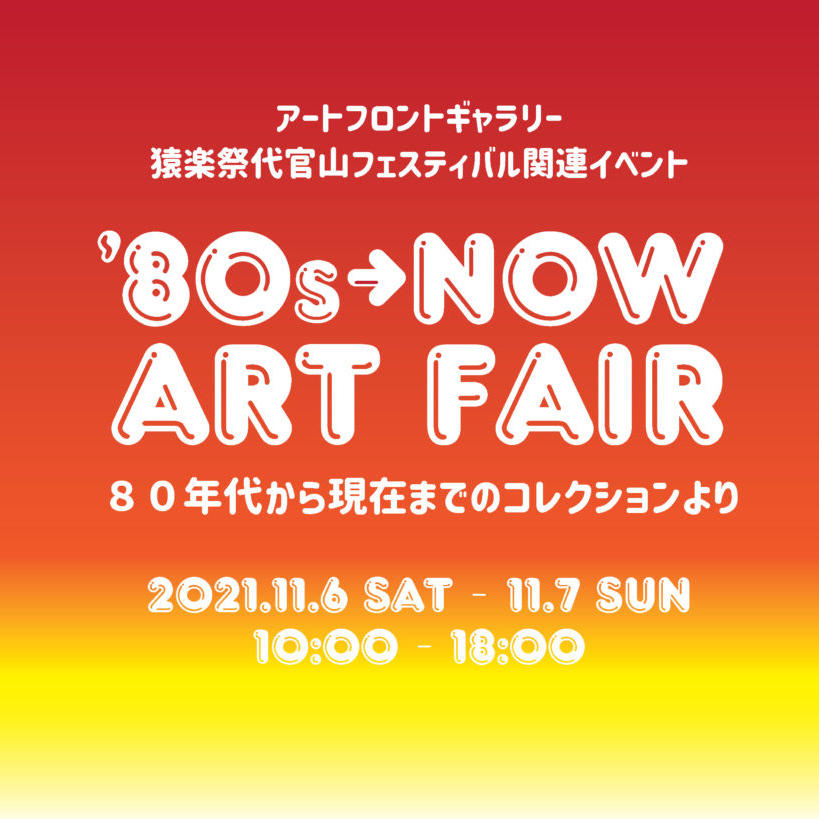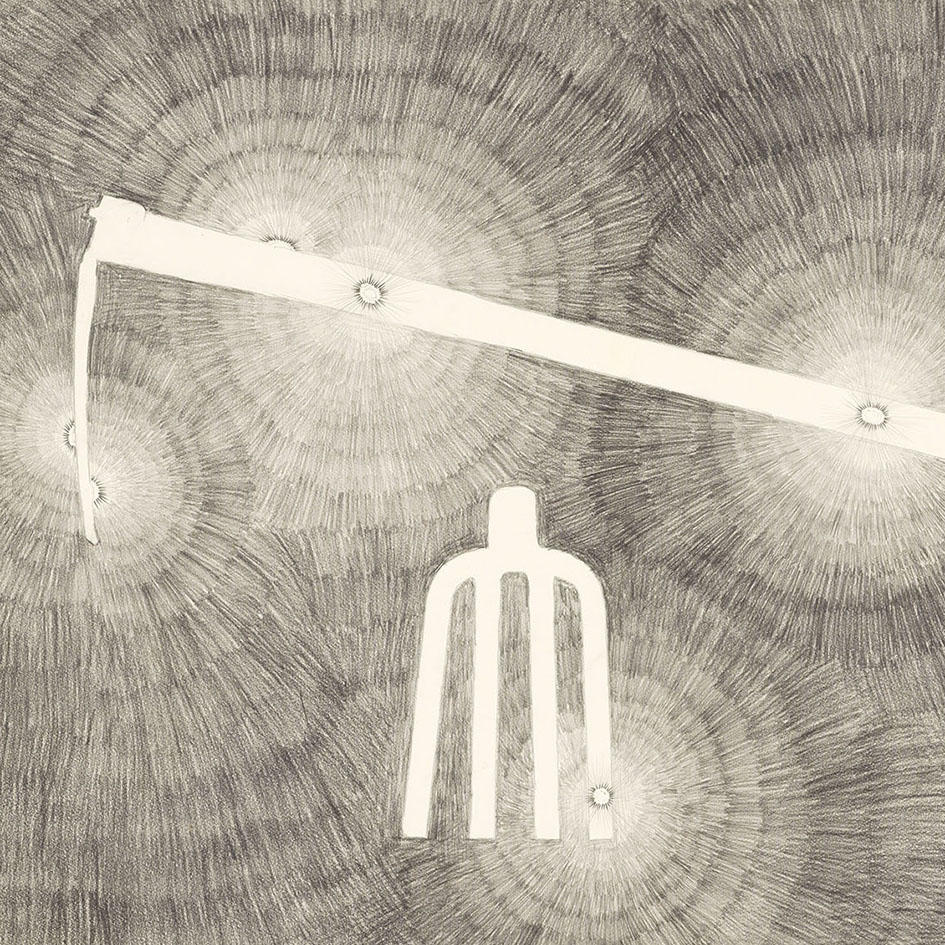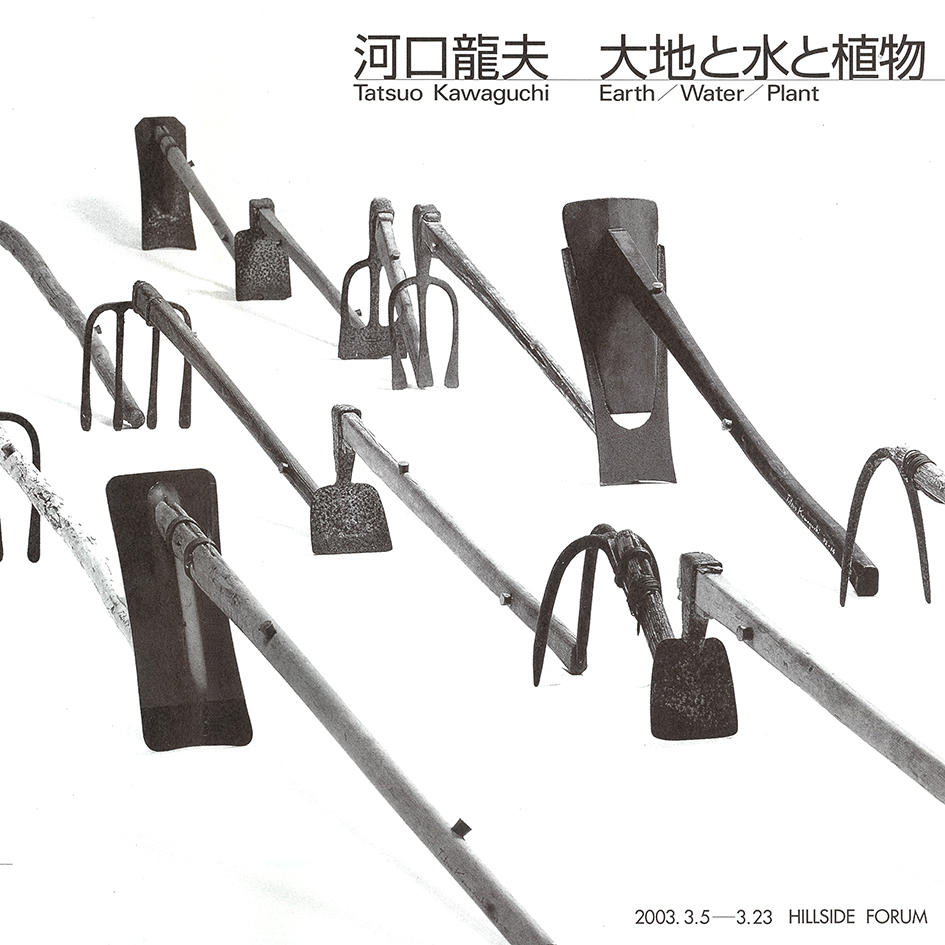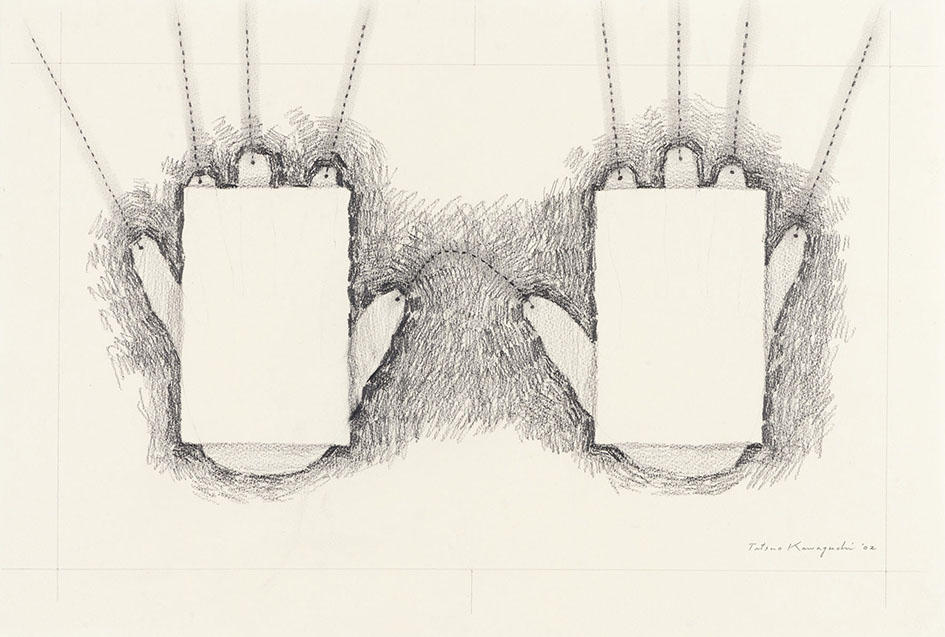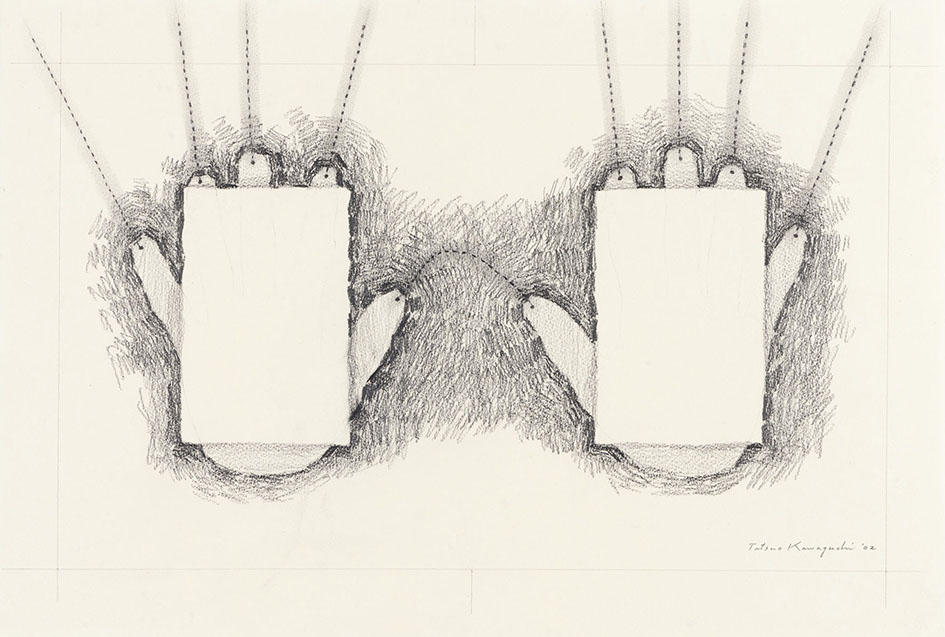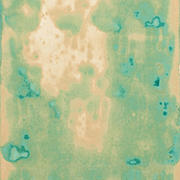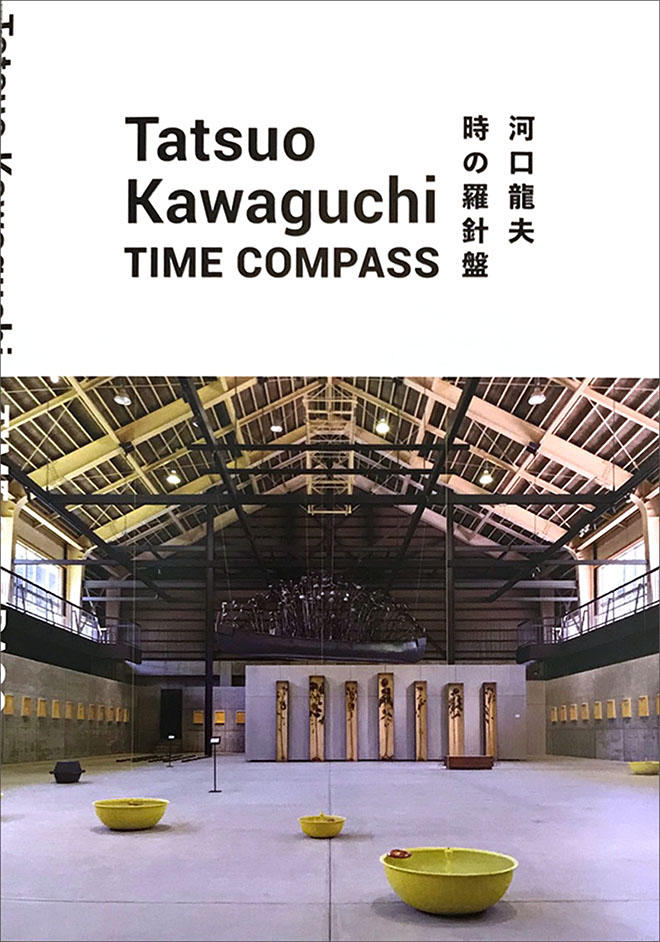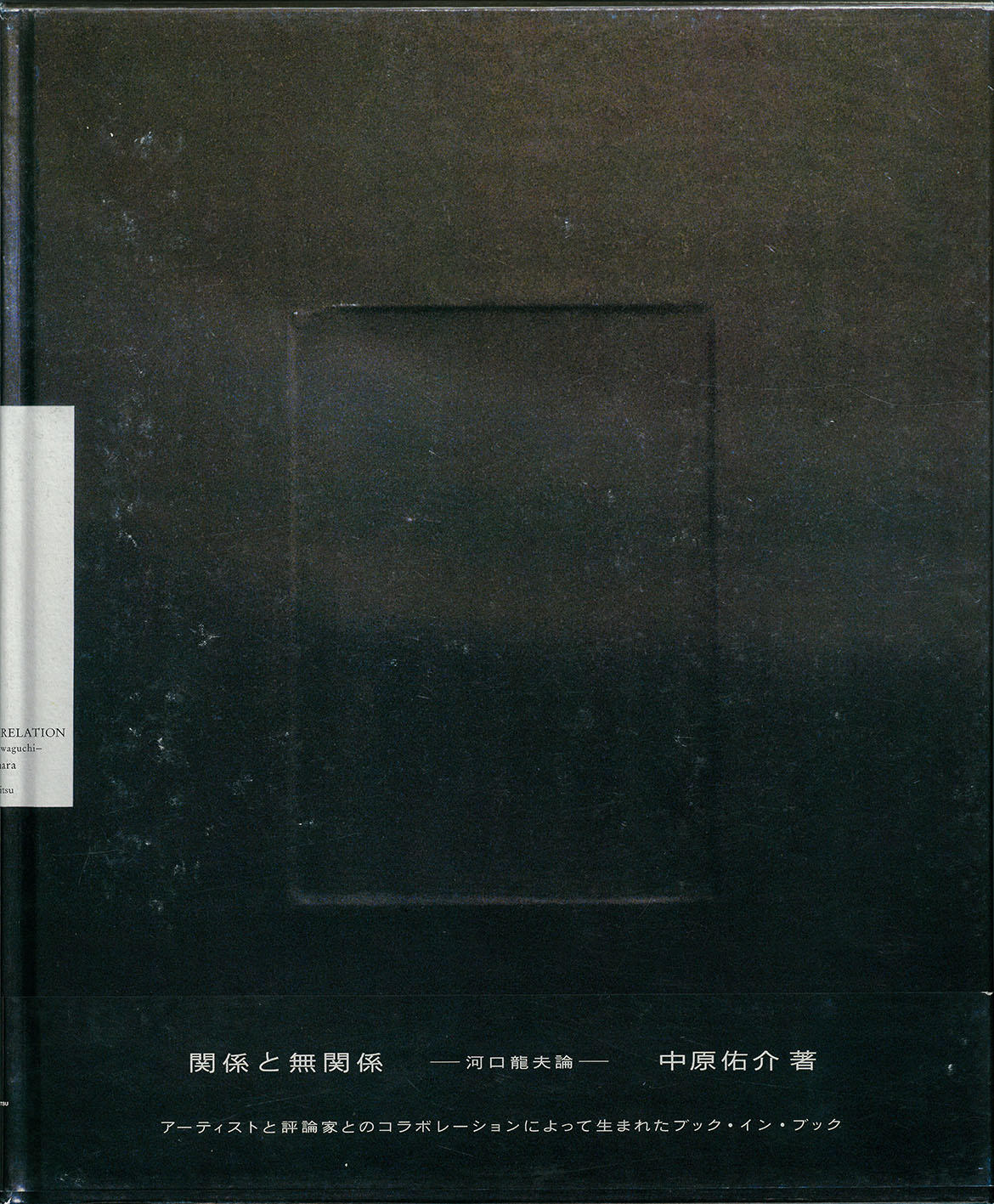Exhibition
Tatsuo Kawaguchi : Relation- Yusuke Nakahara, or Critique as Creation
2019. Feb. 7 (Thu) - Mar. 3 (Sun)
| Date | 2019. Feb. 7 (Thu) - Mar. 3 (Sun) |
|---|---|
| Hours | 11:00 - 19:00 (closed on Mondays and Tuesdays) |
| Reception | 2019. Feb. 7 (Thu) 18:00-20:00 |

Relation - Birth from critique and discourse / 2018 / Book (Yusuke Nakahara
Beeswax, lead, copper pipe, copper wire, seed (lotus)
Tatsuo Kawaguchi and Yusuke Nakahara
Kenji Kajiya, art historian and associate professor at the University of Tokyo
Tatsuo Kawaguchi and Yusuke Nakahara enjoyed what might be described as one of the most fruitful relationships between an artist and a critic. As a student at the Tama Art University in 1958 Kawaguchi attended Nakahara's classes. Then, Nakahara saw Hole by Group “I”, formed by Kawaguchi and colleagues, in 1965. But it was only after the joint review meeting of the Kyoto Independent exhibition in '67 that they first met and their fulfilling relationship began per se. Nakahara selected Kawaguchi's work for Between Man and Matter exhibition of '70, and wrote a total of 15 essays on Kawaguchi, including the short essay he wrote for his solo show in 1971.
Kawaguchi and Nakahara must have felt a mutual resonance. Nakahara initially wanted to make the exhibition Between Man and Matter instead of Man and Matter as as he was strongly interested in “interstices” from 1970 (He had to remove "Between" from the Japanese title but the English title remained the same). Kawaguchi began producing his Relation series from around that time as well. Nakahara studied physics, which could arguably made him more sympathetic to Kawaguchi's later works, which dealt with physical and chemical phenomena. Kawaguchi began to be interested in life sciences from the late 80s, which seems not unrelated to the fact that Nakahara also became interested in cave paintings of prehistoric humanity as well as the phenomena of human life and its beginnings.
What is revelatory about reading Nakahara's essays on Kawaguchi is that Nakahara not only reviews the development of Kawaguchi's artistic practice, but also goes into depth in his readings of each resultant artwork. For example, after Nakahara posits that Kawaguchi's “relation” is the relationship between the visible and the invisible, he explores how Kawaguchi aims to convey “what’s beyond our five senses” through what's already visible to our eyes. Nakahara then takes one step further, to discover the “disrelation” in the form of his exhibitions as specimens, a facet which became remarkable from the 90s, stating that in Kawaguchi's works there's either “dismantlement of relation” or “disrelation” between vision and its subject. Nakahara's essays on Kawaguchi obviously have their own trajectories, which differ from Kawaguchi's own thoughts, but in total they provide a rich excellent critique which enriches the reading of his work.
Relation and Disrelation: On Tatsuo Kawaguchi is a book which contains Nakahara's essays on Kawaguchi, and at the same time, embodies Kawaguchi's thought on Nakahara. The cover design reminds us of Kawaguchi's iron box. As represented in the yellow, painted inside the box, inside we find the richness of light. Kawaguchi's drawings offer an expression of various energies emitted from Nakahara's book. I can’t help but hoping for Nakahara's brilliant essays on Kawaguchi, to return to in perpituity, well protected by this strong binding box.
Artists
Related News
![[Art Fair] Frieze Seoul 2025 in Korea](https://artfrontgallery.com/whatsnew/assets_c/2025/08/_DSC1472-thumb-4500x3000-12814.jpg)

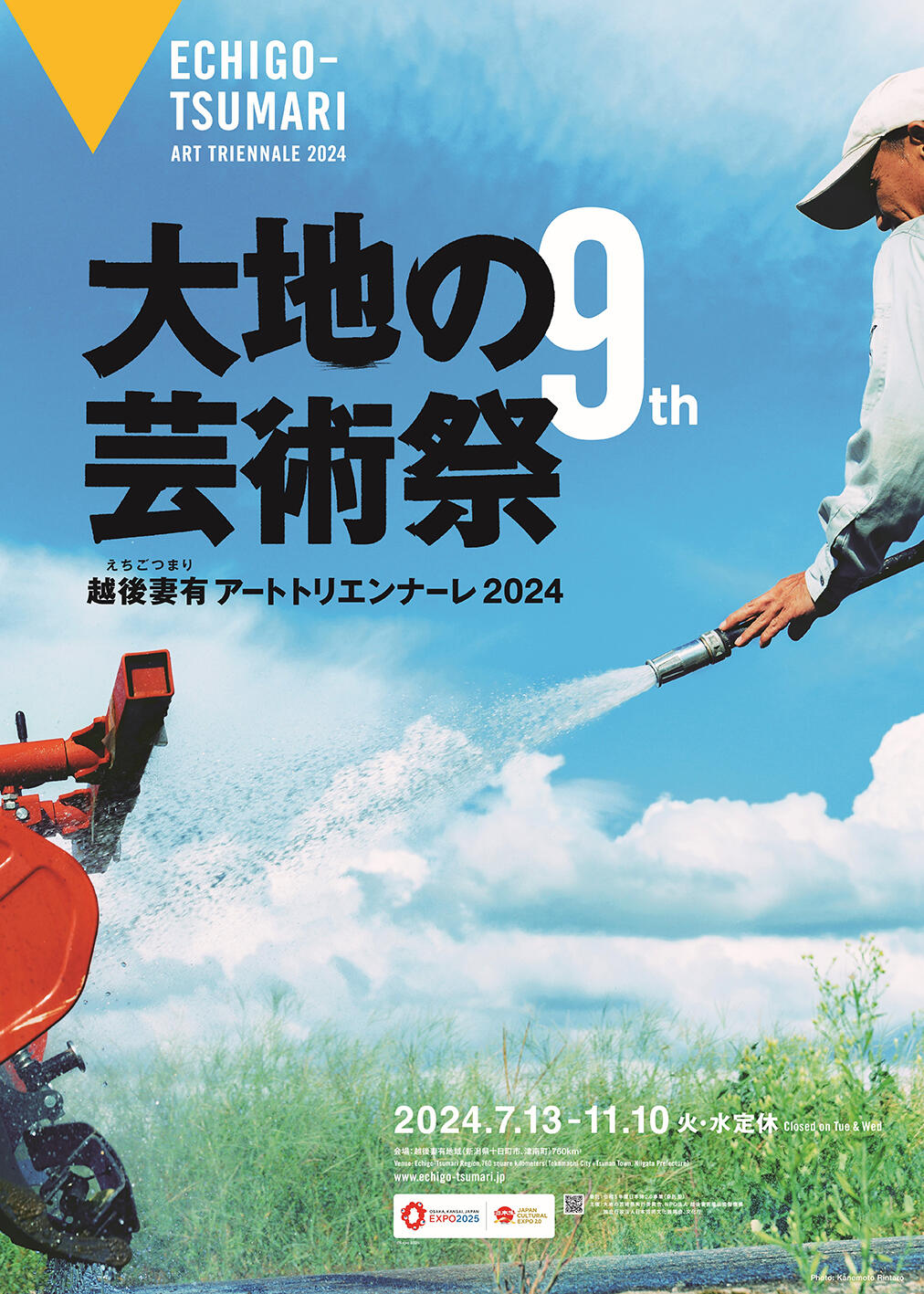
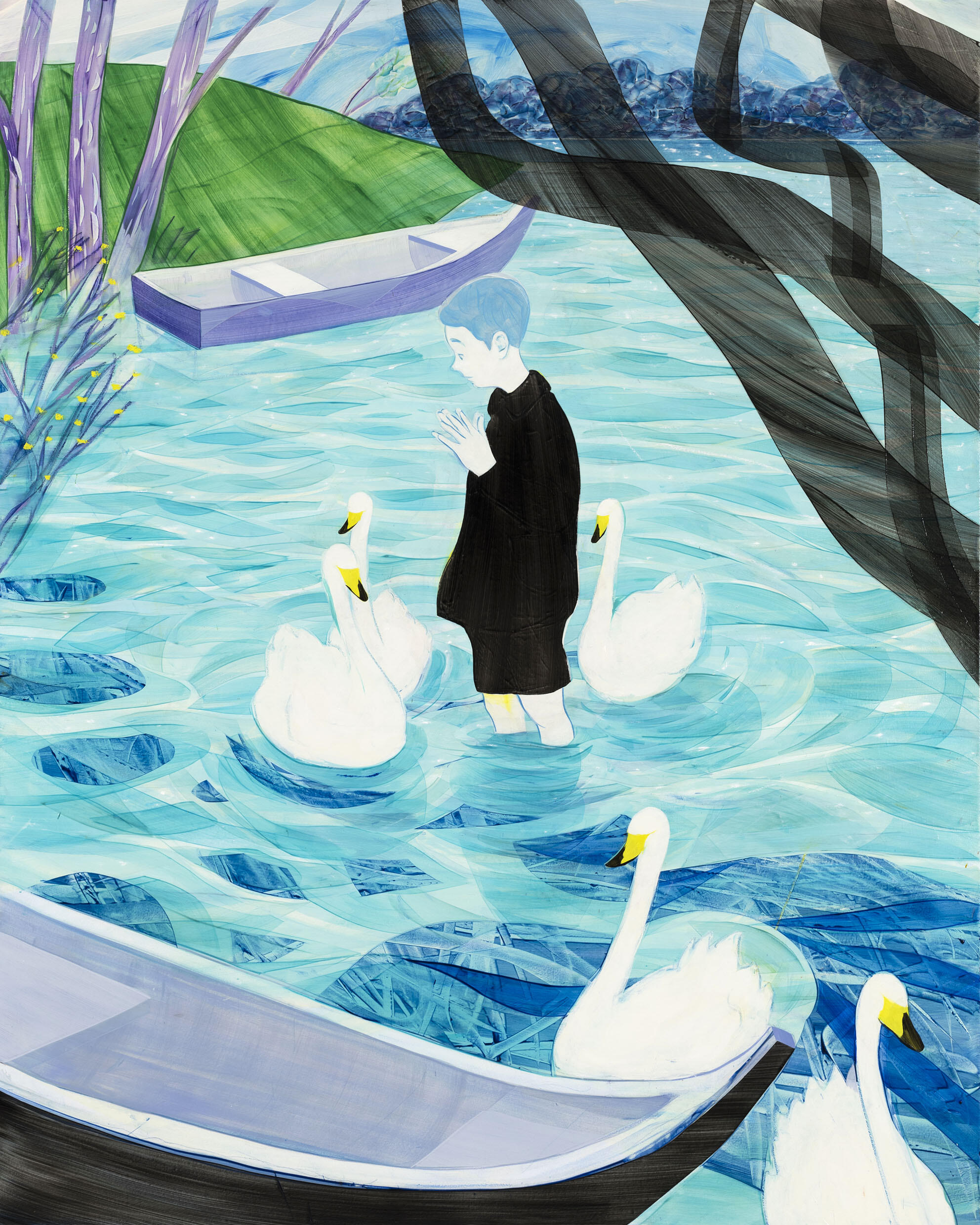
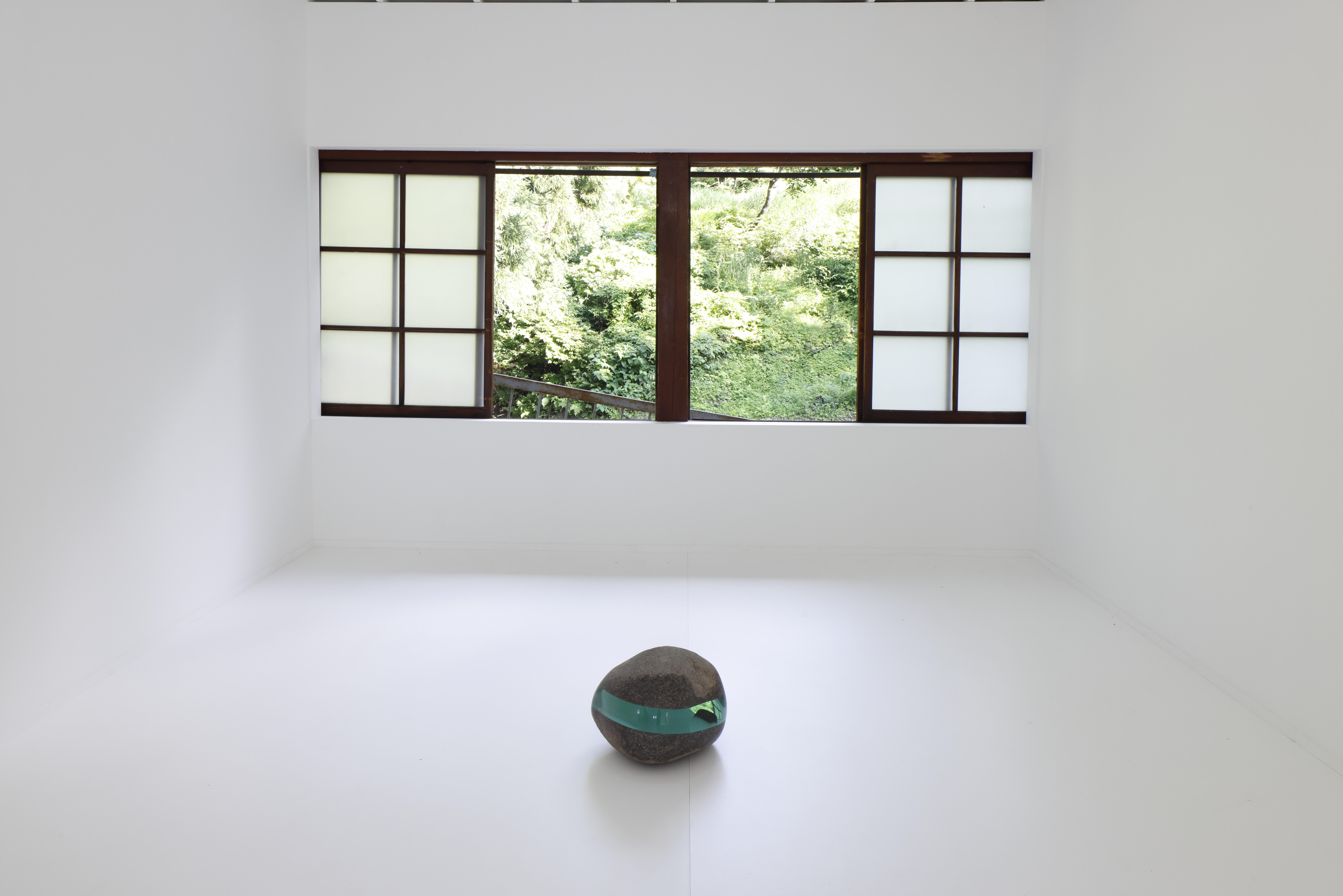
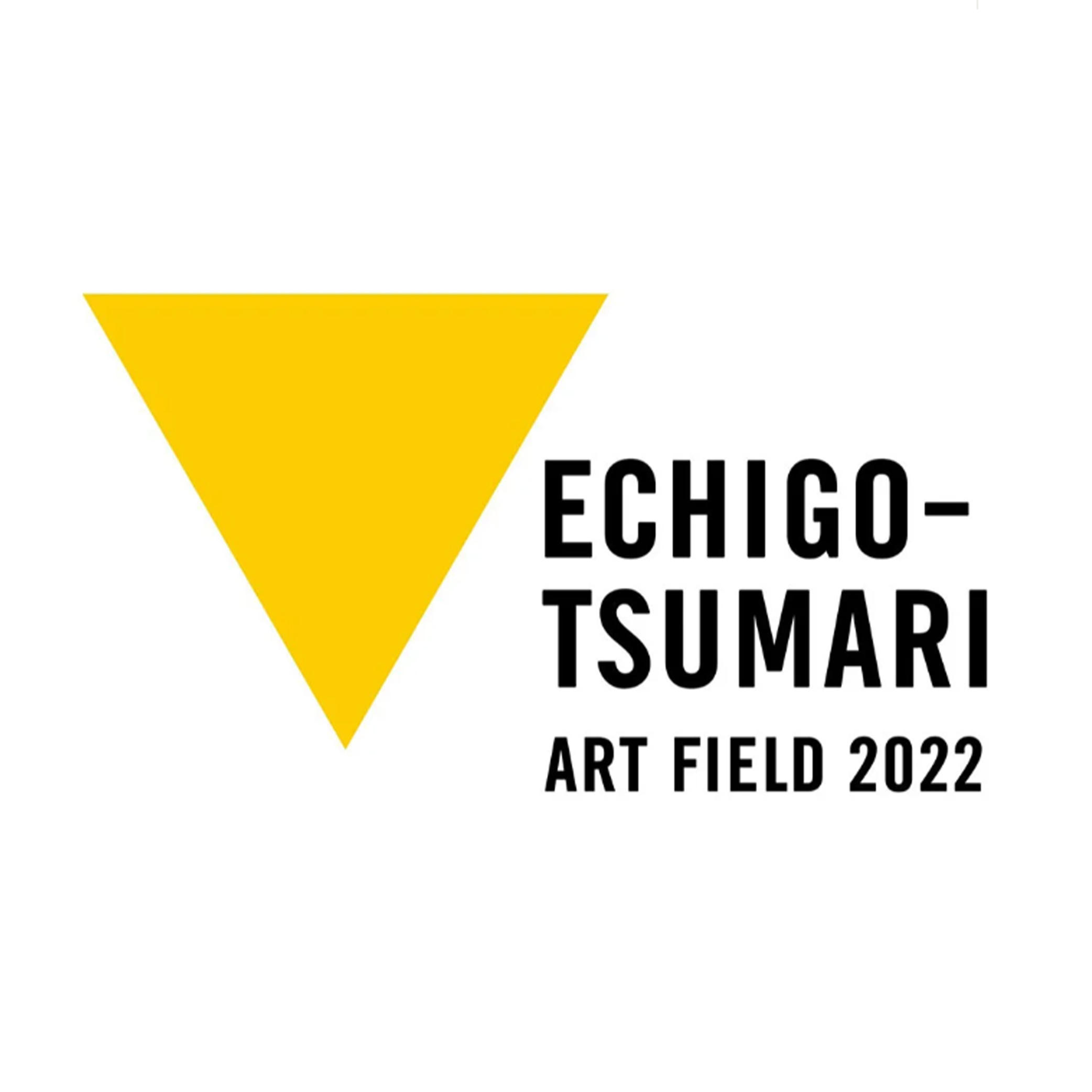
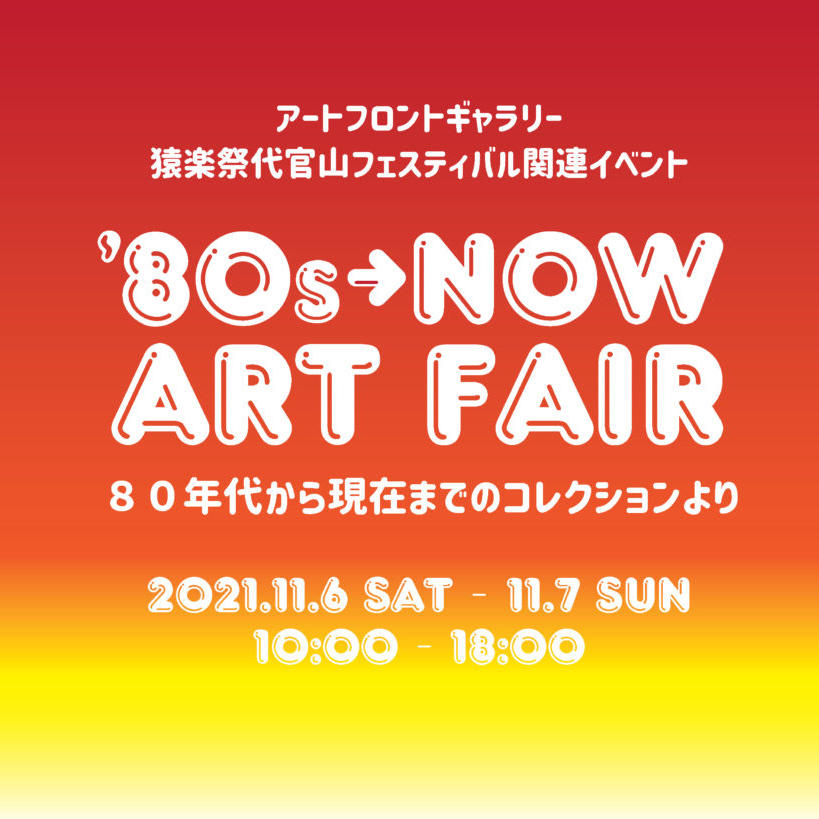

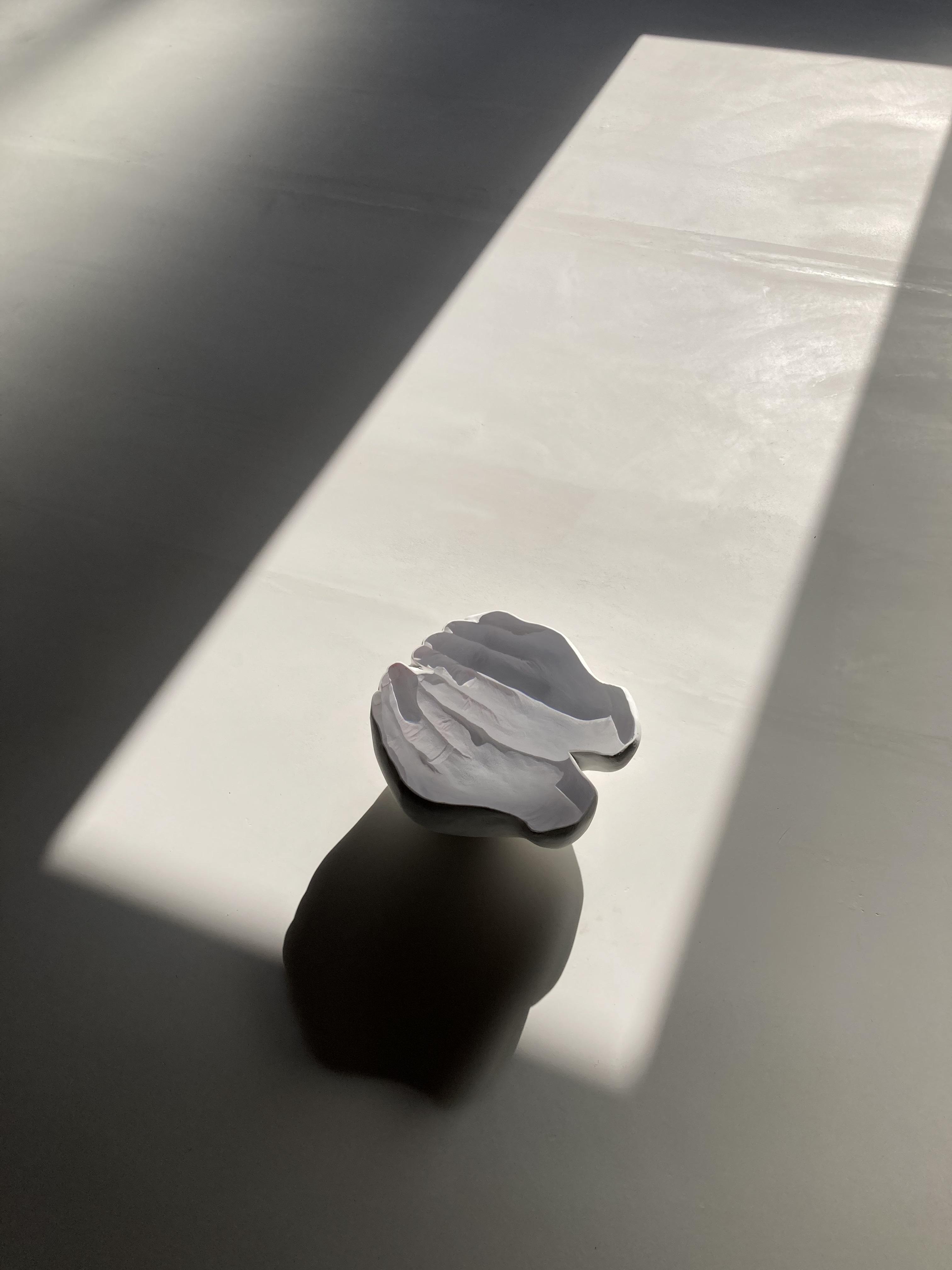


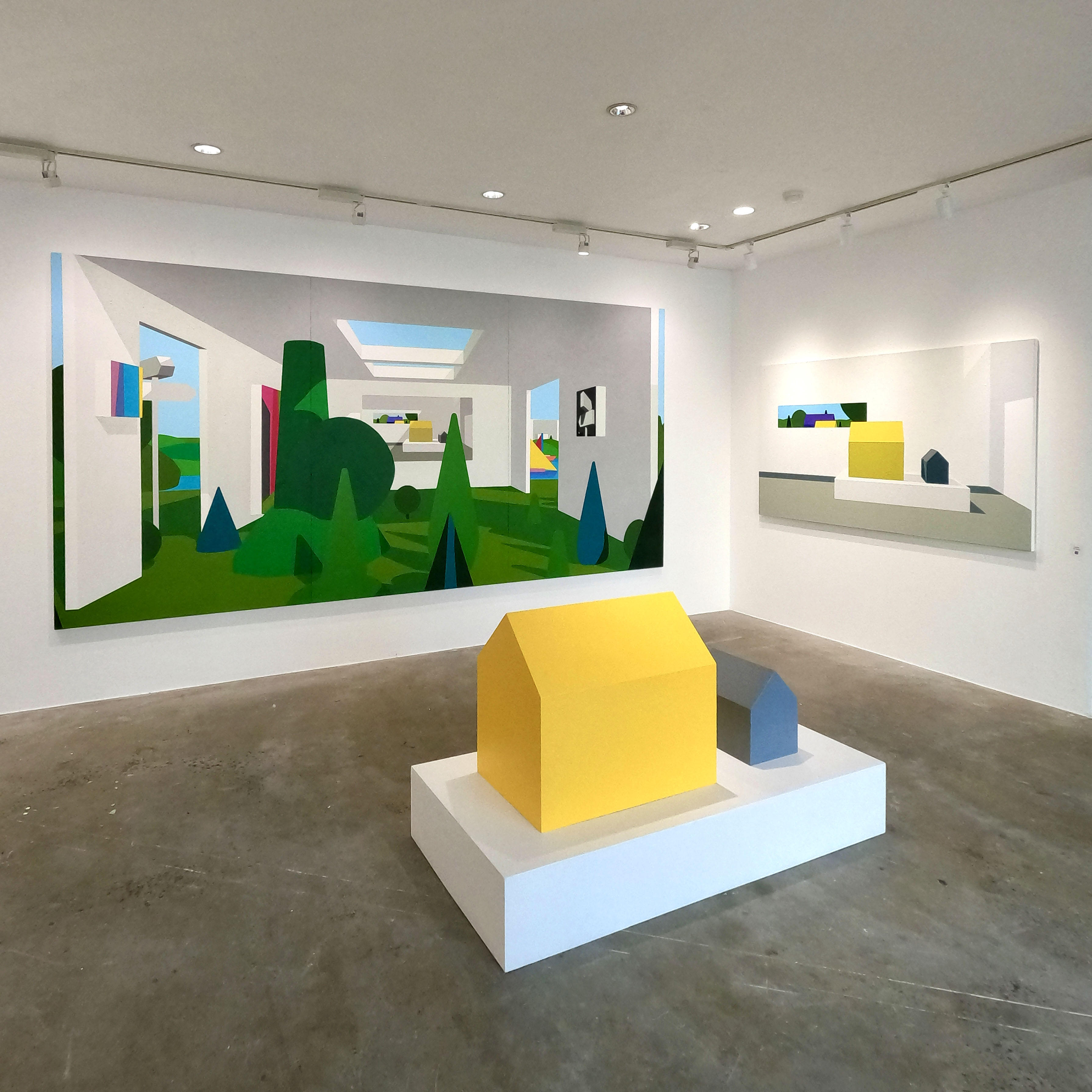

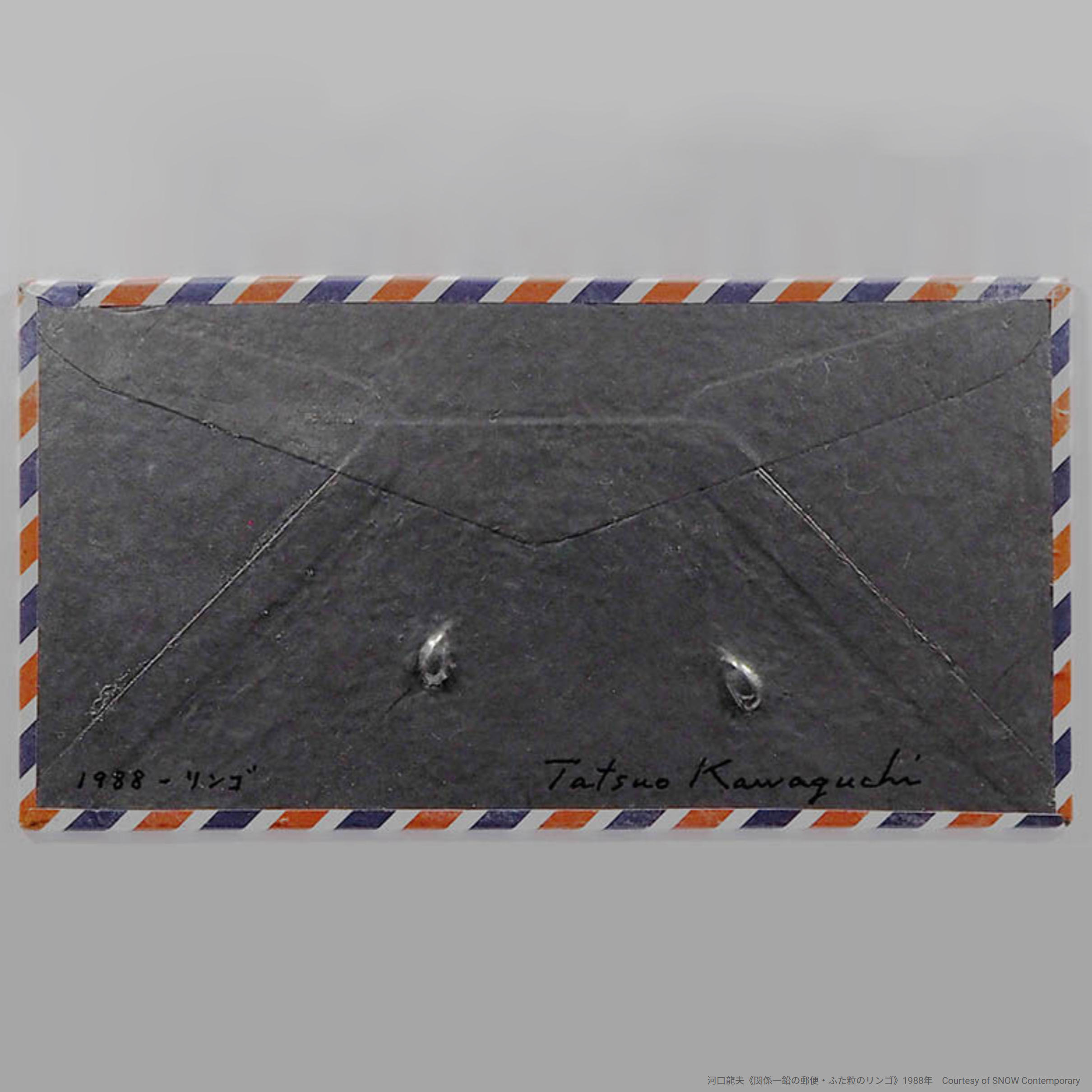
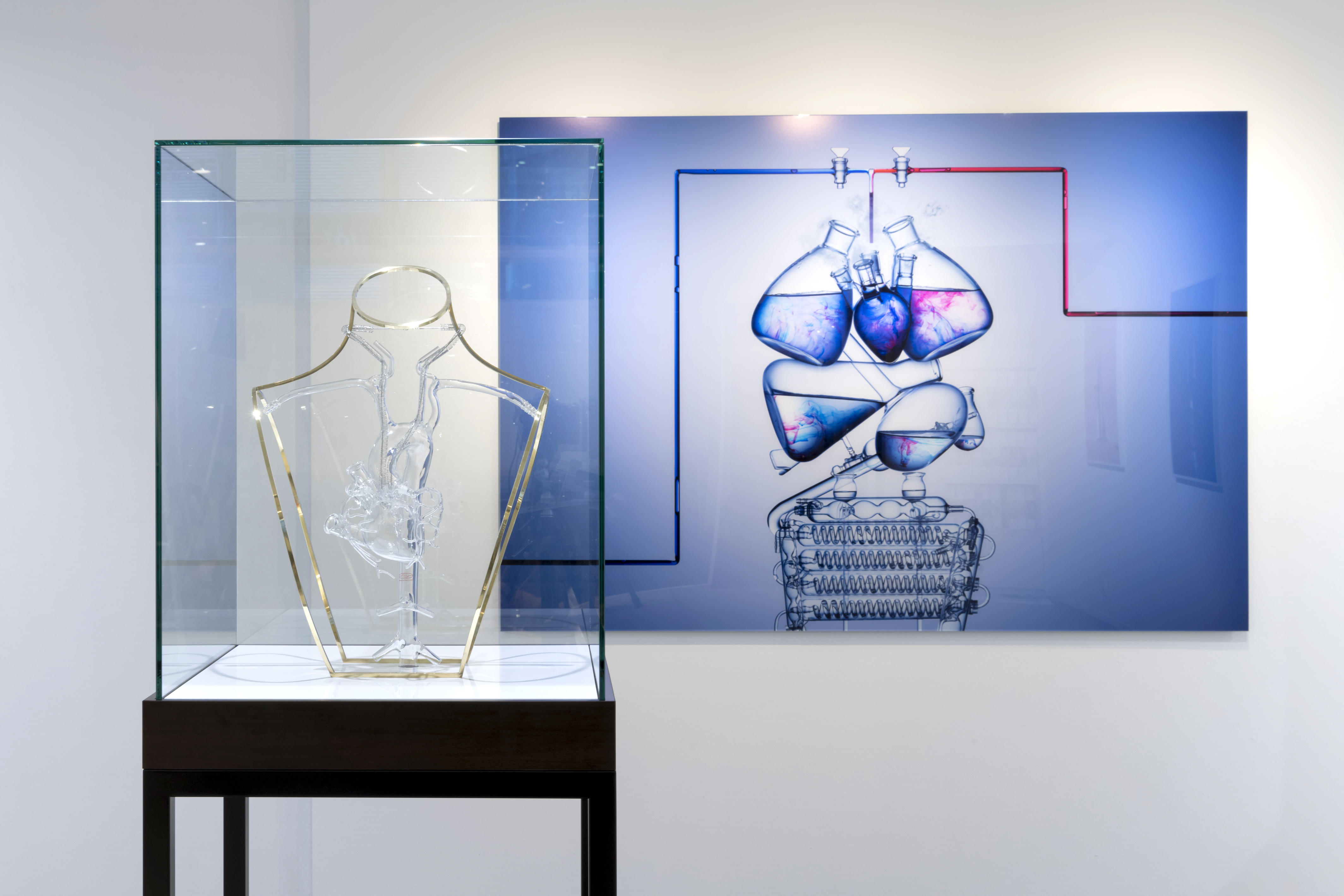
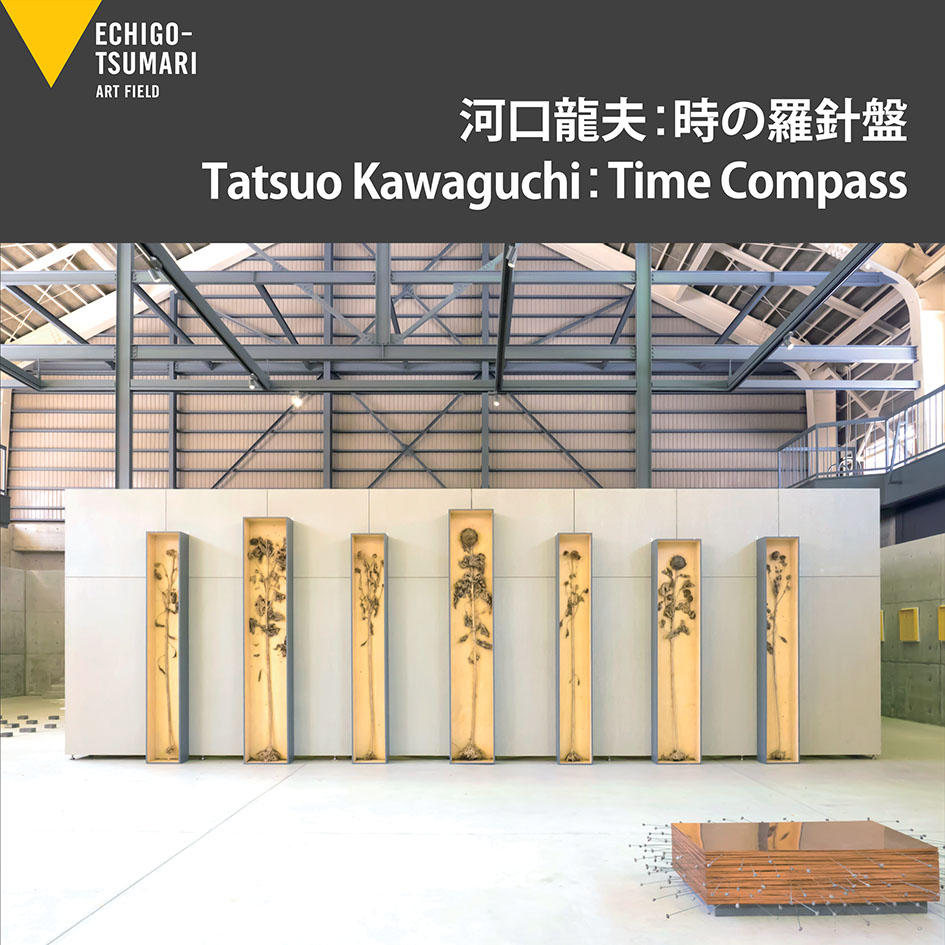


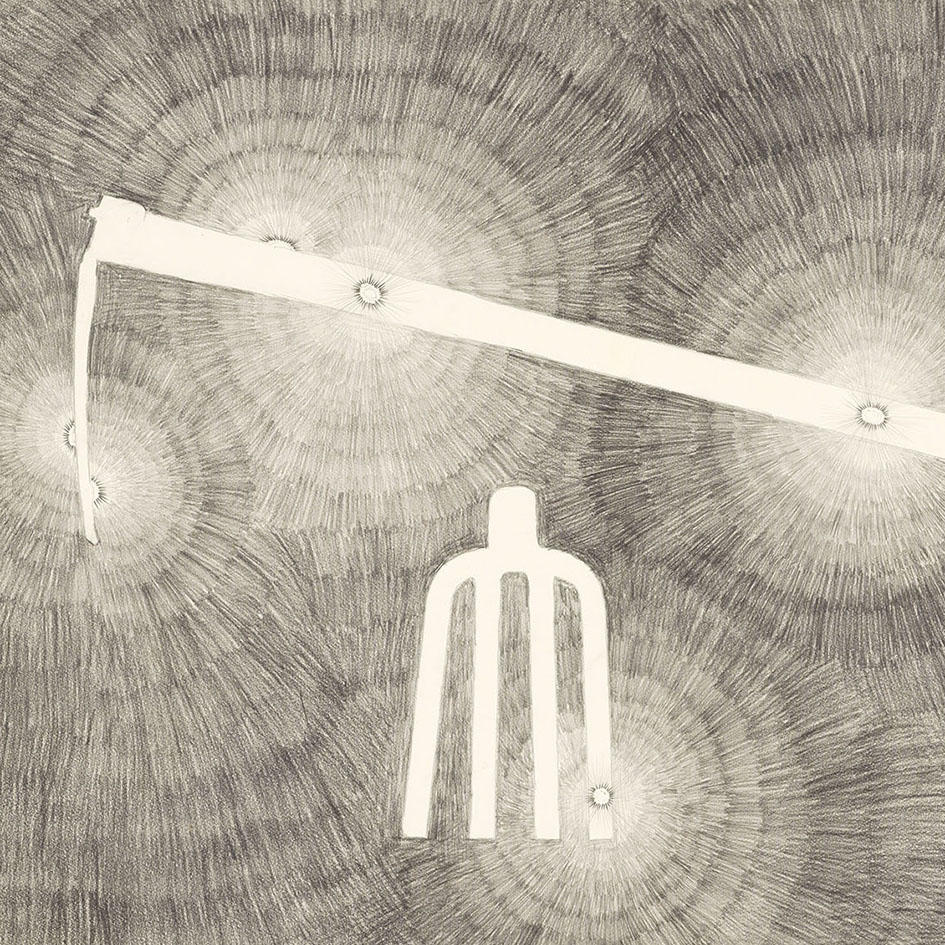
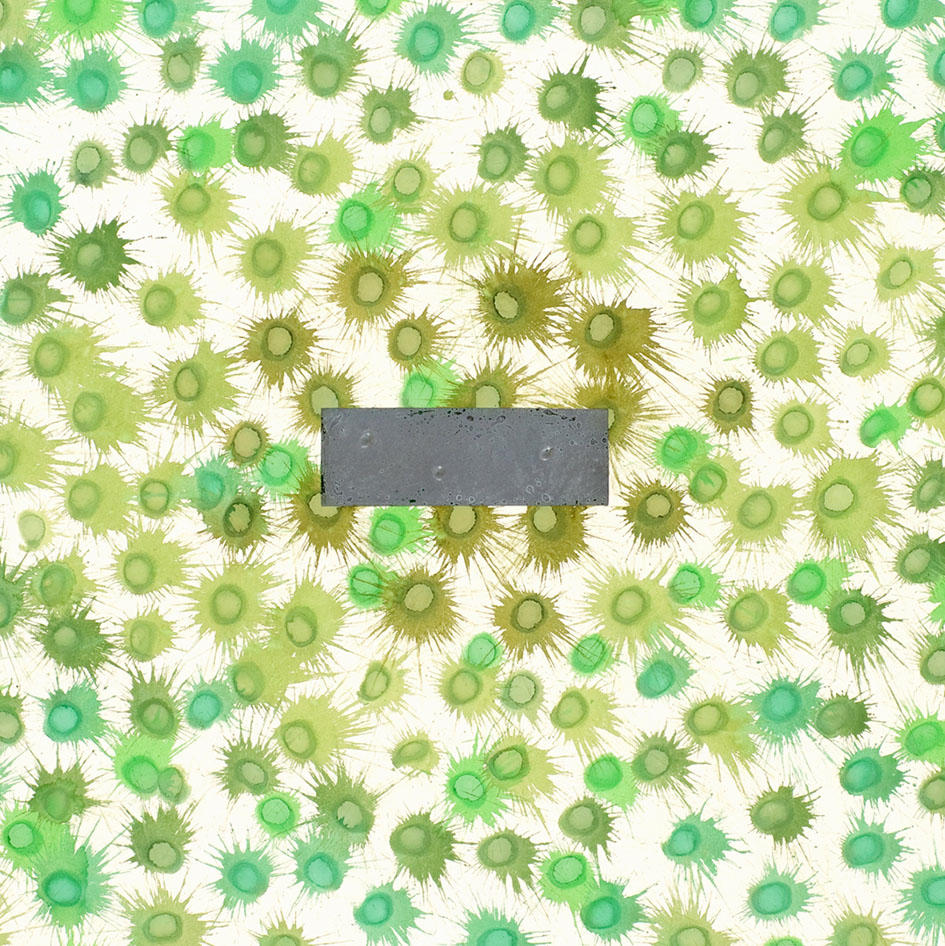
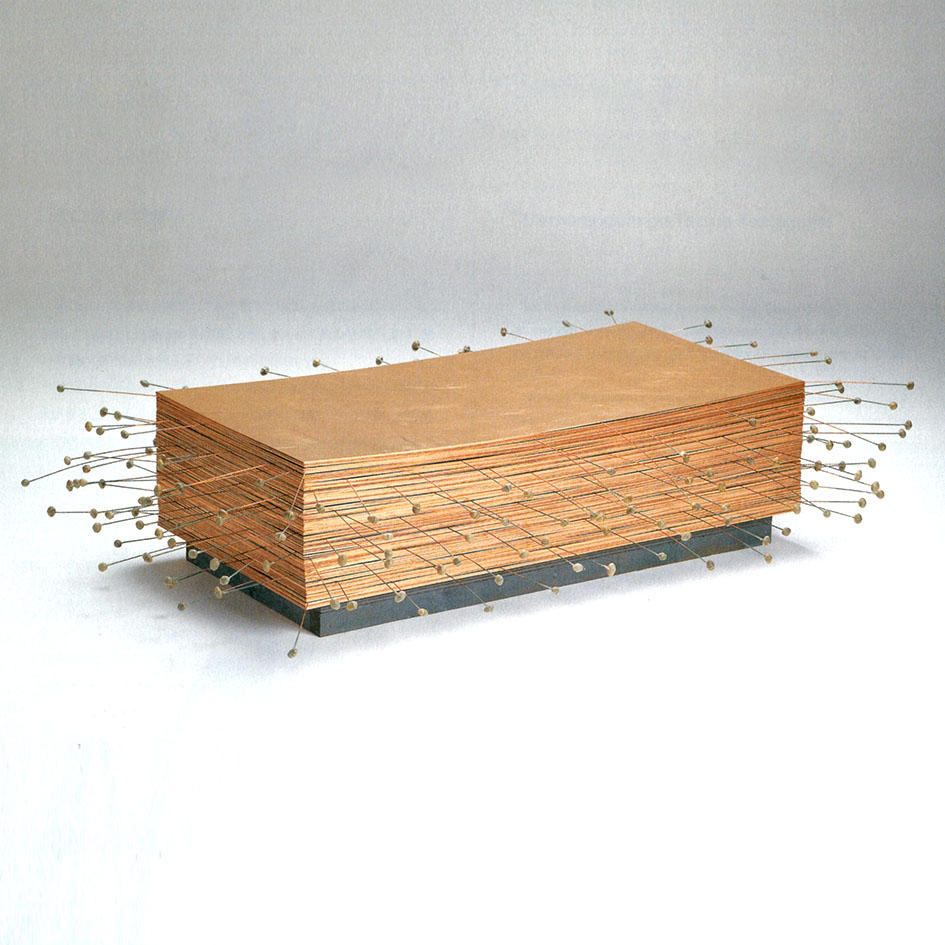
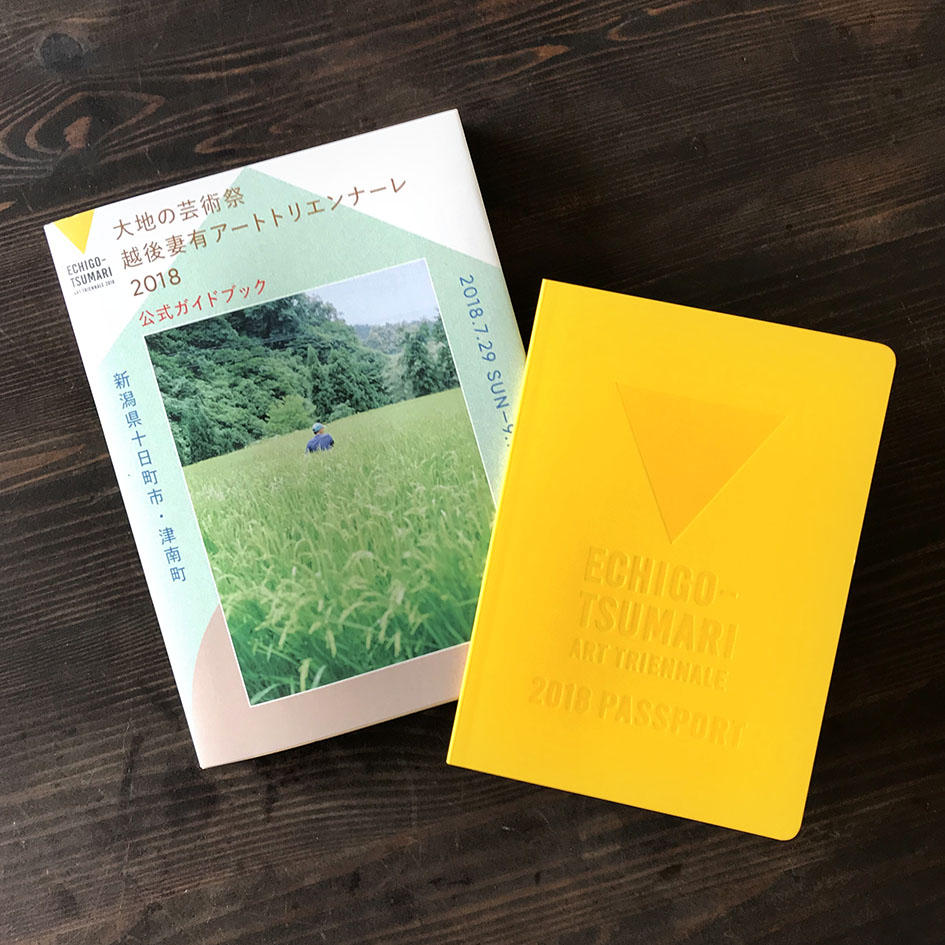
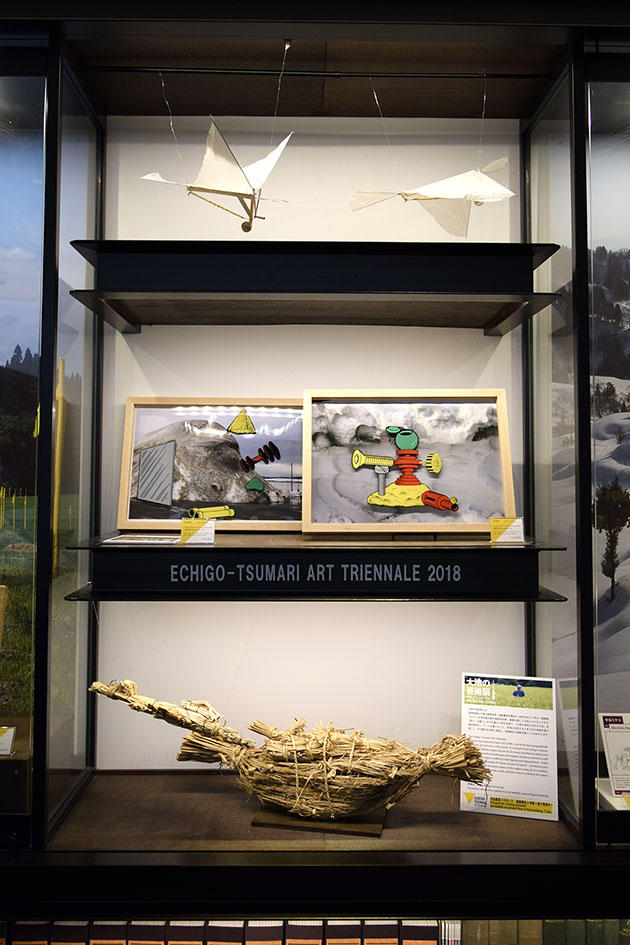

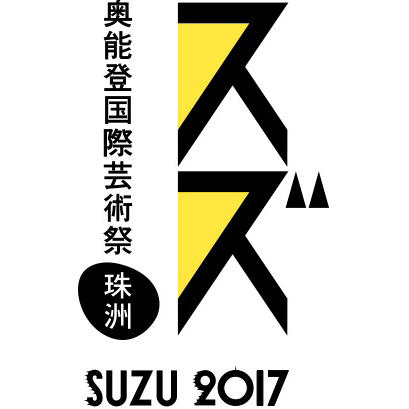
Realated Project
